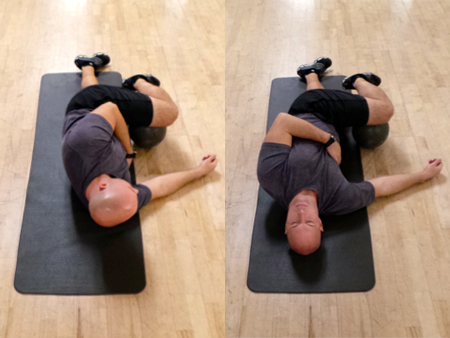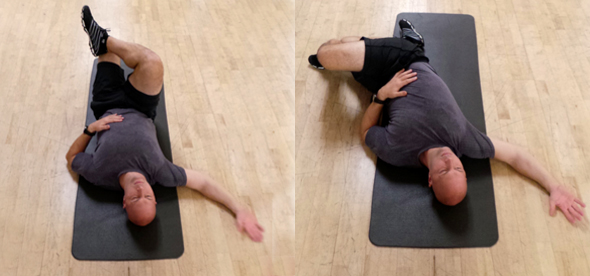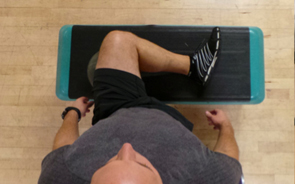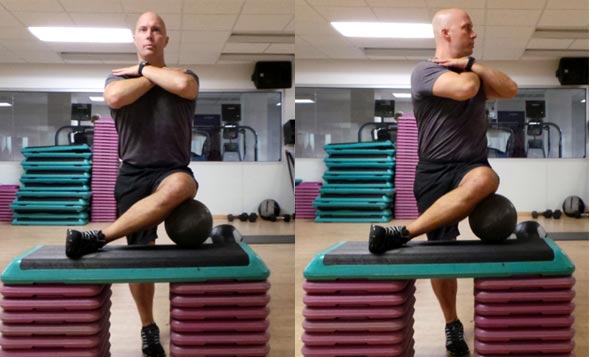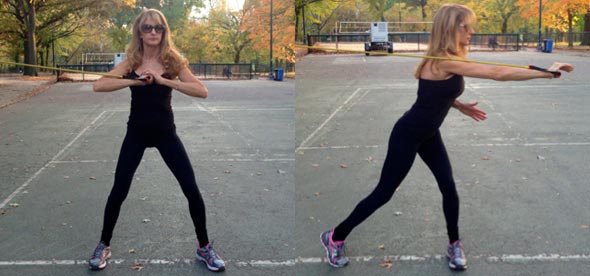30% of people over the age of 65 years fall 1 or more times in a year. Falls are the leading cause of death from injury in elderly adults. In 2003, 13,700 people died from falls. A fall is defined as an event that results in a person coming to rest unintentionally on the ground or on a lower level but not caused by an internal trauma (e.g. stroke). Intrinsic risk factors include: Medical Condition, Cognition, Psychosocial, Sensory, Central Processing, and Musculoskeletal.
Medical risk factors include: Co-morbidities (Pulmonary Disease, MS, Prolonged bed rest, Stroke, Diabetes) and Polypharmacy (overmedicated). It has been documented that 4 or more prescribed medications significantly increases risk for falls. Meds used to treat hypertension, heart disease, and depression may cause dizziness. Cognition which includes safety awareness, attention, and judgment combined with Psychosocial (depression, anxiety) attributes can also greatly affect fall risk. Central Processing concerns area of: limits of stability, reaction time, anticipatory reactions, and postural Stability. Sensory Loss is quite evident in a majority of falls and will encompass losses in one or all of the following: Vision, Vestibular, and Somatosensory (impaired position sense). Musculoskeletal deficits include: Losses in Strength, flexibility, endurance, and postural alignment; Gait (decreased step length, increased step frequency, decreased speed, and increased lateral sway); and Coordination (ability to change directions).
Extrinsic factors include: Environment, Social, History of Falls, and Activity level. History of falls is especially relevant if history of: 1 or more falls in a year, falling indoors, or an inability to get up after fall. Exercises to Prevent Falls include: Tai Chi, Individualized multidimensional exercise program and Exercise in physical therapy sessions with appropriate home exercises will decrease risk for falls and improve Mobility Assessment scores. Loss of balance and falls could be prevented with seniors if adults take measures to protect themselves, much as they do against health conditions such as heart disease. An assessment and treatment by a Licensed Physical Therapist is the obvious choice in obtaining this protection. Loss of balance and limitations in mobility can be effectively prevented, reversed, or delayed by physical therapy treatments. A comprehensive balance assessment performed by a physical therapist can determine the factors as above that are contributing to an individual’s fall risk. A physical therapist plan of care will include exercises to improve strength, aerobic capacity, flexibility, proper gait, and the function of the vestibular system. Balance training and fear management will also be addressed.
For more information on the physical therapist’s role in preventing falls contact:
Greg Sterner, Board Certified Orthopedic Clinical Specialist in Physical Therapy, Owner
San Diego Sports Physical Therapy
2750 Dewey Rd. Ste 101
San Diego, CA 92106






